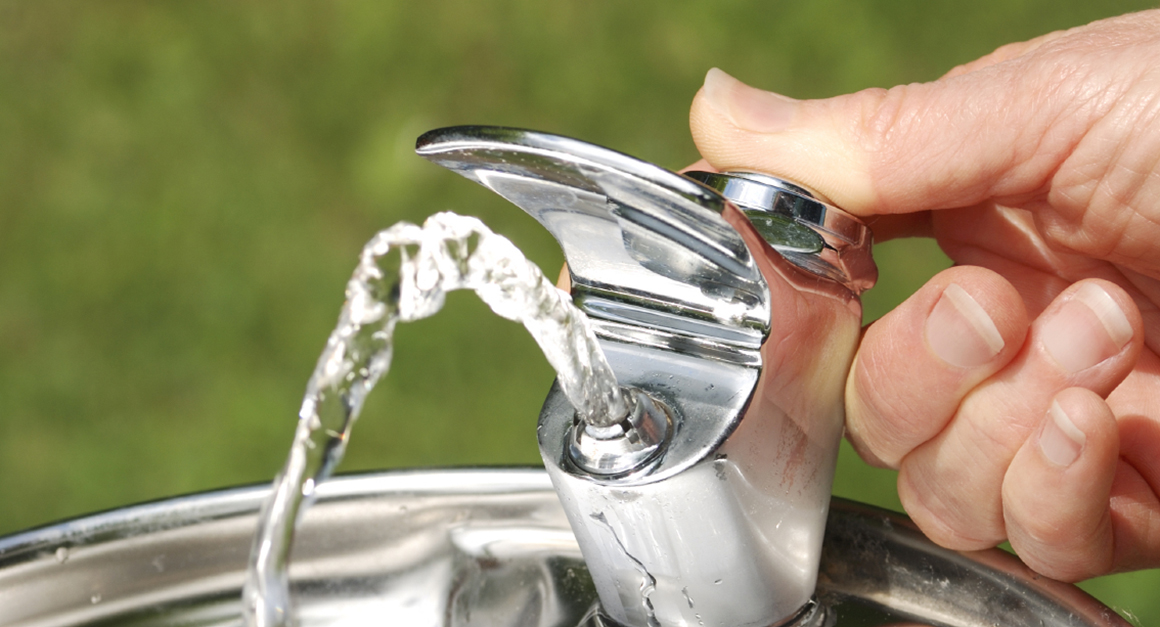The U.S. EPA recently published a final rule approving 17 additional methods to analyze drinking water samples in compliance with the Safe Drinking Water Act (Federal Register, Vol.86, No. 100, Pages 28277-28290, May 26, 2021). This expedited approach provides public water systems, laboratories, and primacy agencies with more timely access to new measurement techniques and greater flexibility in the selection of analytical methods, which reduces monitoring costs while maintaining public health protection. This rule went into effect May 26, 2021.
Drinking water systems, in consultation with the laboratories that support their compliance monitoring, may choose to use a test procedure established in the existing regulations or an alternative method approved in this action. This regulatory action will provide greater flexibility to analyze various contaminants including radium-226, calcium, magnesium, sodium, fluoride, nitrate, nitrite, orthophosphate, chloride, sulfate, antimony, mercury, copper, lead, pH, carbofuran, oxamyl, total coliforms and Escherichia coli, as well as monochloramine, free and total chlorine, chlorine dioxide, and chlorite. The new methods are listed along with other methods similarly approved through previous expedited actions in in “Alternative Testing Methods Approved for Analyses Under the Safe Drinking Water Act” (Code of Federal Regulations, Title 40, Chapter 1, Subchapter D, Part 141, Subpart C, Appendix A) and at https://www.epa.gov/dwanalyticalmethods.
“These additional drinking water analysis methods will provide more options for water systems to ensure safe water through water quality monitoring.”
Hélène Baribeau, Distribution System Water Quality Leader

